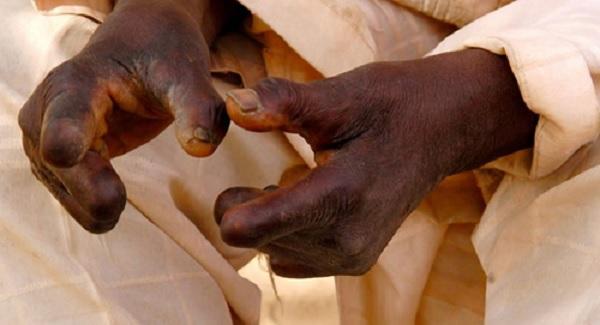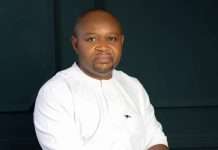
The National Committee on Neglected Tropical Diseases of the Nigerian Medical Association (NCNTD NMA), from its recent data has shown that about 8.3 per cent of new leprosy cases are found in children below the age of 15.
In a statement jointly signed by the Chairman and Secretary of the NCNTD NMA, Dr Sebastine Oiwoh and Dr Ifeoluwa Adetula, respectively, to commemorate the World Leprosy Day on January 28, Nigeria still reported significant prevalence of leprosy from some states.
Although Nigeria has reached the leprosy elimination target, Nigeria is still among the 17 countries that still report more than 1,000 cases of leprosy annually.
Leprosy is a chronic bacterial infection that affects the skin and peripheral nerves but can affect other body parts, like the mucosa of the upper respiratory tract and the eyes.
If left untreated, it becomes a chronic disabling or deforming disease, which results in visible deformities and stigma that affects the sufferers’ lives.
Oiwoh stated that there has been an improvement with the introduction of multidrug therapy for leprosy patients.
However, there were ongoing concerns that involved a low index of leprosy suspicion, low leprosy detection, ongoing transmission, and recycling of leprosy cases, amidst dwindling clinical skills.
The statement read in part, “An annual average of 2,754 new cases with 93 per cent of them having the more severe disease that is infectious to others. Also, an average of 8.3 per cent of the new cases are children below 15 years, suggesting ongoing new infections. Of all the new cases an average of 14.3% present with grade 2 disabilities suggesting significant delay in the diagnosis of the disease.
“There is a need to appropriately deal with the social and psychological burden associated with leprosy. Hence, the 2024 World Leprosy Day theme is “Beat Leprosy.”
“The need to stop the stigmatization associated with this highly disabling yet curable infection means the dignity and respect that are deserved should be accorded to all patients with leprosy. Their human rights to access and afford timely, effective, and efficiently safe health care must never be denied.”
Oiwoh also stated that leprosy could be transmitted through droplets and by prolonged close contact over months with an untreated person.
The doctor asserted that leprosy could not be transmitted through handshakes or sitting next to a person with leprosy on a bus.
He added, “Leprosy, an ancient infection plaguing man, has numerous presentations. Therefore, there should be a high index of suspicion. It is advocated that leprosy should be picked at the earliest possible time, not when there are disabilities. That pale-coloured/copper-coloured/reddish skin rashes where the sensation of pain is lost (anaesthetic) with little to no sweating may just be what is needed for early diagnosis.
“Swollen nerves especially around the elbow, knee, and sides of the neck accompany other symptoms and signs of leprosy. There can also be temperature loss (hot or cold), light touch, and pain, especially on the hands and feet. This may first show as painless ulcers or burns on these sites that last longer than expected to heal.
“Other presentations may also include swellings (papules and nodules), ulcers (neuropathic ulcers), abnormal nerve functions like numbness among others, inability to close the eyes because of paralysis of the upper eyelid (lagophthalmos), etc.”
The Nigerian Medical Association, ably led by Dr Uche Ojinmah, joins all global stakeholders to affirm the theme for this year- Beat Leprosy. The concerted efforts by everyone will help eliminate leprosy.
Furthermore, appropriate clinical care and social and psychological support to persons with leprosy are paramount to stopping the stigmatisation and social ostracisation for which the infection has been known in the past when there was no available cure.
VON










